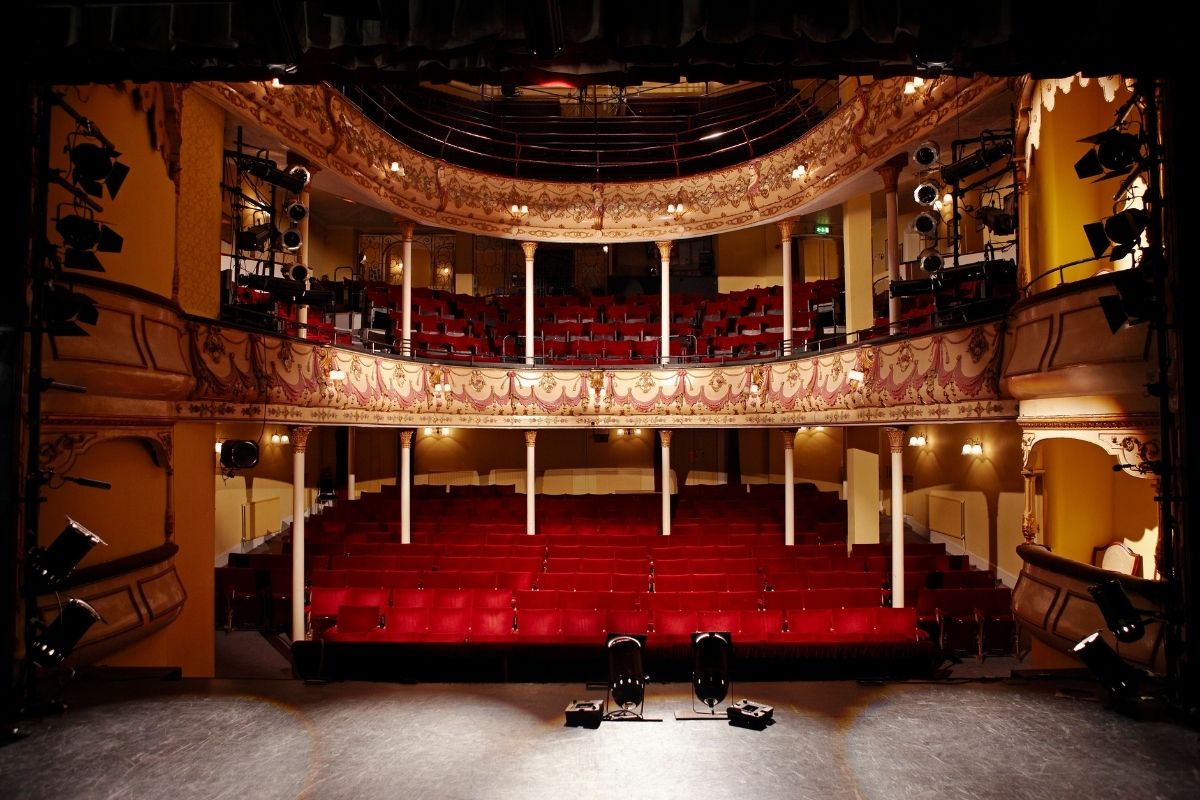The Effect the Stage Has on Performing Arts
There are many valuable lessons found in online performing arts education. Based on his experience in performing arts, Gianni Downs tells us, “There are three major stage configurations. There is the proscenium stage, which is essentially what you might think of as a theater. A lot of the Broadway houses are proscenium stages. You might see musicals produced on a proscenium stage.” These are set up so that the audience is on one side, and the action is happening on another side, often with a frame around the action. That is the proscenium arch itself. This is a very common type of theater and is very useful for hiding scene changes. Musicals spend a lot of time in proscenium stages.
“A proscenium is an arch,” says Jeff Kaplan, who has years of performing arts education. “Next time that you’re in a theater, look at the shape above the curtain. It makes a picture frame. So, the idea is that you’re looking into a diorama. You’re looking into a world. And traditionally, the performers are inside that world, and you and the audience are on the outside. That forms the fourth wall, but that’s not the only way that you can do it.”
Gianni Downs picks up from there. “Another common theater-type is the 3/4 thrust. You’ll see a lot of regional theaters and off-Broadway theaters will use a 3/4 thrust stage. This is where the action will project into the audience, making a horseshoe shape of the audience. So, the audience sits on 3/4 of the sides of the action of the play.” This is often more used for straight plays or more intimate plays. A very famous 3/4 thrust is the Guthrie Theater, and it might provide a good reference for what that looks like.
Jeff Kaplan then finishes, “There’s theater-in-the-round, which is pretty much what it sounds like. The audience is on all sides, or maybe 3/4. Arena Stage in Baltimore is a very famous example of that.” Circle in the Square in New York is largely a theater-in-the-round. That’s a fascinating experience in which there’s no front where you’re all inside of this world. It’s like a virtual-reality theater.


